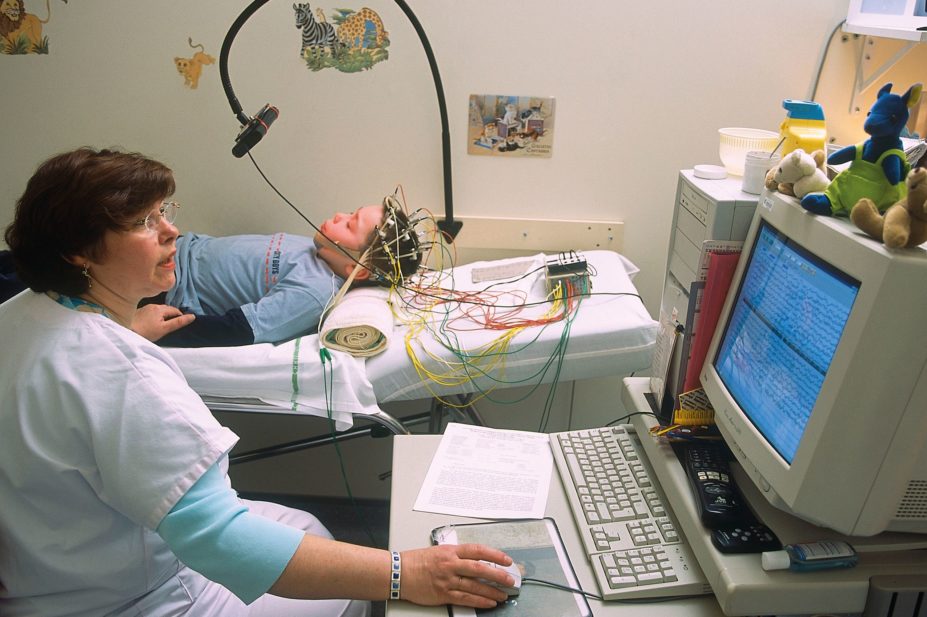
BSIP SA / Alamy Stock Photo
Recent research has shown that patients with childhood absence epilepsy (CAE), the most common form of paediatric epilepsy, have highly variable responses to antiepileptic medications.
To explore why this is the case, researchers studied variations in four genes encoding targets of the drugs in 357 children with CAE randomly assigned to ethosuximide, lamotrigine or valproate.
Between weeks 16 and 20 of the study, 115 (32.2%) patients had experienced a seizure. The researchers identified two genetic variants that appeared most commonly in those who experienced a seizure while taking ethosuximide (P=0.011, odds ratio [OR]=2.63, 95% confidence limits [CL]: 1.25–5.56; P=0.026, OR: 2.38, 95% CL: 1.11–5.00) and three that predicted seizure status in lamotrigine-treated patients. No common variants were found to be associated with valproate.
Reporting in the Annals of Neurology
[1]
(25 May 2017), the team suggests that identification of relevant biomarkers for CAE drug response could therefore lead to precision medicine approaches for the condition.
References
[1] Glauser T, Holland K, O’Brien V et al. Pharmacogenetics of antiepileptic drug efficacy in childhood absence epilepsy. Ann Neurol 2017; 81:444–453. doi: 10.1002/ana.24886.


